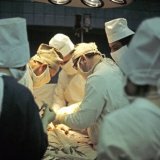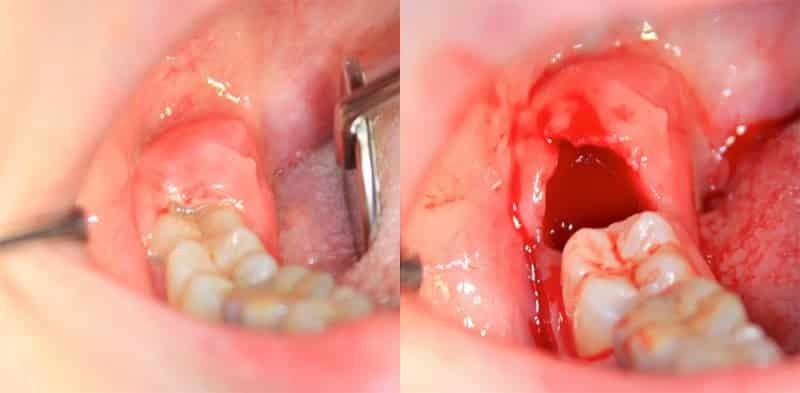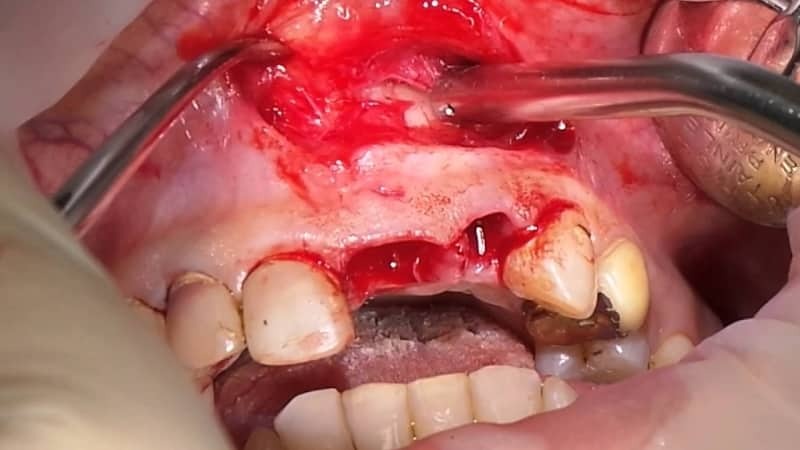Transplantation of human organs and tissues
 Transplantation or organ transplant is a medical device that involves transferring a tissue or organ from one person to another, or within one organism to another place for the purpose of curing. Transplantation of human organs and tissues became possible due to the development of blood vessel surgery, understanding of the immunological mechanisms of the body, the discovery of histocompatibility antigen, the introduction of immunosuppressive therapy - the process of inhibiting the production of antibodies and immune cells.
Transplantation or organ transplant is a medical device that involves transferring a tissue or organ from one person to another, or within one organism to another place for the purpose of curing. Transplantation of human organs and tissues became possible due to the development of blood vessel surgery, understanding of the immunological mechanisms of the body, the discovery of histocompatibility antigen, the introduction of immunosuppressive therapy - the process of inhibiting the production of antibodies and immune cells.
Modern transplantology distinguishes the following types of transplantation:
· Autologous transplantation is a transplantation within the framework of one organism( ie, one person is both a donor and a recipient).An example is the transplantation of one's own skin in case of a burn.
· isogenic transplantation is a transplantation in which the organisms of the donor and recipient are genetically identical( identical twins).
· Allogeneic transplantation - transplantation within the framework of one species, i.e. from person to person.
· xenogeneic transplantation is a transplantation from an individual of one species to another species. For example, from animal to man.
· Endoprosthetics is the transplantation of non-biological materials to humans. This means that a transplant is transplanted from a metal or other artificial material, which performs the function of the prosthesis in the body.
All types of transplants are intended solely for saving, prolonging and improving the quality of life of a person - the comfort of life of people who have undergone such therapy.
The history of transplants is their current position.
Man has always wanted to replace damaged parts of the body or body with healthy ones. This is evidenced by the first mention of successful transplantation, referring still to the XIII century. Mention is presented in the form of a legend about the life of the holy martyrs, doctors of Kosma and Domian, who were to miraculously replace the aching leg with a healthy one taken from a dead man. This successful procedure is immortalized in pictures that are in many countries. In the following centuries, similar information about transplants is also found, although they do not have historical confirmation. Only in the new history, a technique of surgical transplantation of living tissue from one organism to another was included in the therapy of certain diseases. The first experimental operation for skin transplantation was conducted by the Italian surgeon Boroni in 1840.He operated on an animal.
The era of transplants was discovered in Vienna in 1902 by an attempt to transplant a dog kidney E. Ulman. The first attempt to transplant the kidney to a human( donor became a monkey) was carried out in 1936 in Berlin. The operation was unsuccessful. The Soviet scientist Voronin's attempt to transplant the kidney of a healthy person to a patient in the same year of 1936 ended in the same failure. And only in 1954 the attempt of kidney transplantation in twenty-four-year-old identical twins was successful by three American scientists from Boston Murray, Merilov and Haris. Two years later, these same scientists performed a kidney transplant from nonidentical twins. Since that time, various kidney transplantation operations have started in different countries, with healthy people or corpses as donors. Also, attempts were made to transplant human non-biological materials and conserved dead tissues. In 1958, the first bone marrow transplantation took place, and in 1959 a lung transplant was performed( the donor was a dead man).
In 1963, in the cardiac center of Jakonville( USA), a group of cardiac surgeons led by JD Hardy made the first unsuccessful attempt at heart transplantation. In the same year it was possible to transplant the liver, in 1967 to transplant the pancreas. The first successful transplantation of the heart was conducted by A. Kantowitz in 1967.The artificial heart was transplanted to an incurably sick man. In the same 1967, two more successful cardiac transplants were performed in Cape Town. And, in spite of the fact that in the first case the recipient lived only 15 days, and in the second - several years, during both operations new, previously unknown, perspectives of scientific research aimed at saving and prolonging human life were discovered.
In our time, transplantation of tissues, organs and cells saves lives to thousands of people. Today, heart, bone marrow, lung, kidney, liver, pancreas and even intestine can be transplanted. Artificial organs can be used in the practice of transplantation. But in this therapy there are negative aspects: the patient can not completely recover because of the dependence on the equipment, artificial organs can replace natural only partially, eventually it reaches up to inadequate functioning of the organism, which leads to discomfort, psychological discomfort can also appear, as a result of constantDepending on the device. That is why the ideal solution is transplantation of human natural organs.
Patients after successful transplantation of such organs are better rehabilitated, enjoy better standards of life, but sometimes they have to go through therapy for life and take immunosuppressants in order to prevent the body from rejecting the transplanted organ. Immunosuppressants also weaken the immune system and contribute to the development of cancer. Transplantation of organs in the terminal stage of the disease is a reserve treatment method, but at the same time effective, competent and financially acceptable.
The problem in our country, as in others, is the lack of donors. Most likely, this phenomenon has two causes. The first is a lack of understanding in the medical environment and society of the possibility of increasing the actual fences of tissues and organs in corpses, as well as some organs and tissues in living donors. The second, may be weakly thought out legislative acts, which have a huge number of shortcomings and shortcomings.



